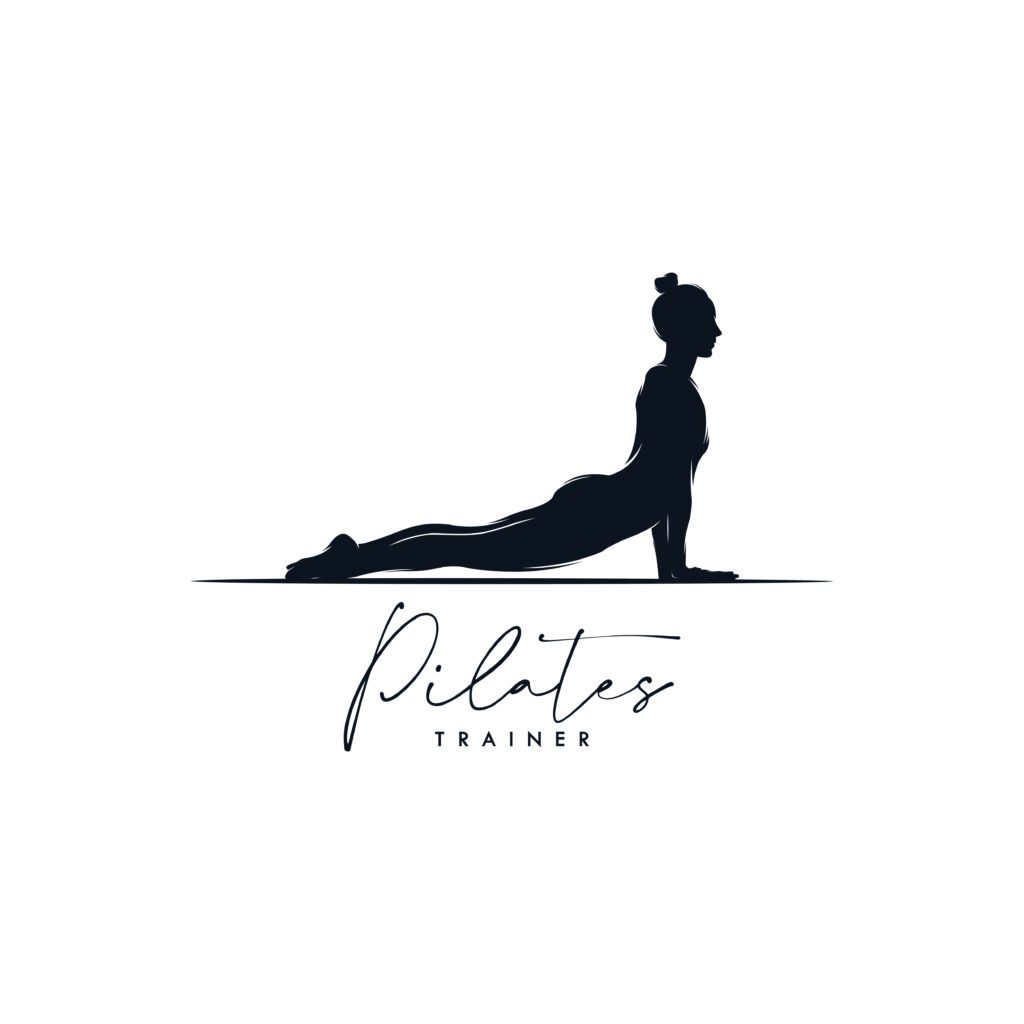- About Us
- Departments & Services
- Clinicians
- Patient & Visitor Guide
- Community
- Contact Us
Close

Both Yoga & Pilates exercise styles offer similar benefits, however the origins & purpose of these two exercises are inherently different. Yoga originated in India thousands of years ago and was brought to the West at the beginning of the 19th century. The various styles of Yoga came from the many teachers who brought its practice to the West. The basis of yoga is to create a spiritual union by connecting the mind and body through an integrated pattern of movements, healthy diet, positive thinking and correct breathing.
Pilates was established by Joseph Pilates in the early 1900s. As a child, Joseph Pilates was afflicted with various illnesses. He studied yoga, meditation and various styles of exercise in an attempt to strengthen his body and thus offset illness; from this he developed his own principle of exercise which he taught to hospital inpatients and later to dancers. Pilates practice is based on establishing strength in the trunk and pelvis to create a stable base of support for movement of the head and limbs. Similar to Yoga, correct breathing is a central theme of Pilates.

Both Pilates and Yoga demand the practitioner to become aware of their movements to be carried out in a specific manner. In this way, both principles establish a deep connection between the mind and body, and tend to focus on the quality of the present movement instead of the end goal of the regime. Breathing is an important component of both practices, and thus can lead to improved concentration and relaxation. Controlled use of body weight is the basis of the strength component of both Pilates and Yoga. Although both practices use equipment such as resistance bands and various sizes of exercise balls, Pilates utilizes equipment unique to its practice to impart an additional source of resistance through springs and postural variations.
On deeper exploration of the practices of Pilates and Yoga, there are various polarizing differences in how and why they are executed. Yoga aims to increase global strength and flexibility, while Pilates focuses on establishing a strong trunk and pelvis prior to balancing muscle tone in the limbs. Yoga uses gravity to assist in stretching by rooting the body to the ground and stretching away from it, while Pilates movements work against gravity in order to challenge the core and balance muscle work. Yoga involves mostly standing movements, while Pilates is primarily mat-based, although both do incorporate a variation of mat work and standing exercises.
In a sense, one may consider Yoga as a practice of precise, controlled movement which unites a strong body and mind, and Pilates as a practice of precise, controlled movement which promotes balanced, efficient muscle work from a solid core.
At Fawzia Sultan Healthcare Network FSHN, we offer both of these movement practices in individual and group settings. Our Pilates classes are taught by our physiotherapists with one to one mat & reformer Pilates as a form rehabilitation, prehabilitation & maintenance in our physiotherapy center branch in Salmiya, and matt Pilates group setting classes in our Mind & Body Fitness studio in Sabah Al Salam. For different Yoga practices we offer one on one and group setting classes only in our Mind & Body Fitness studio in Sabah Al Salam. If you would like to see one of our physiotherapists for prescribed Pilates programming or join one of our yoga sessions, please feel free to reach us at 1820212.